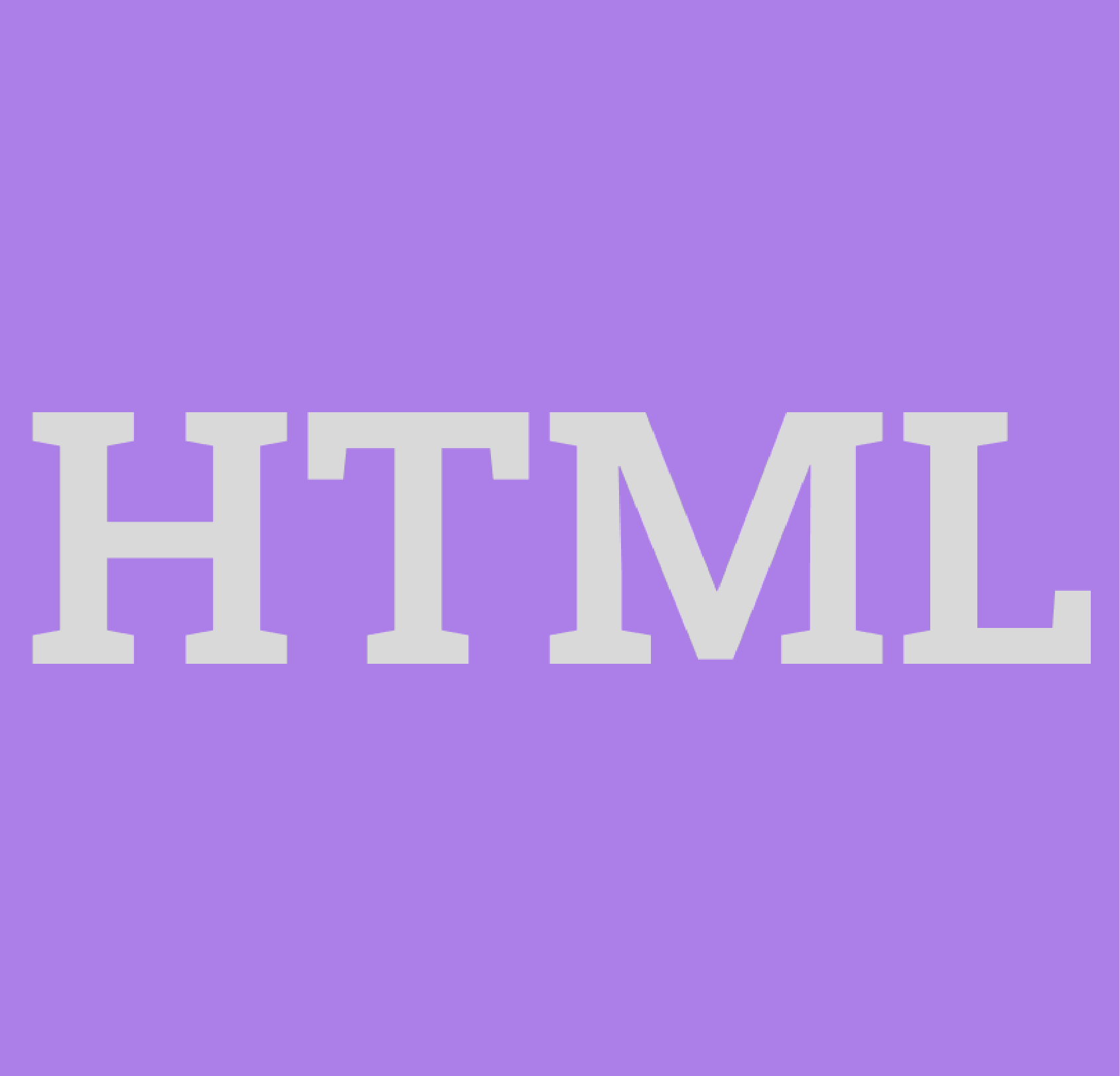Design
Creating accessibility design policies based on WCAG guidelines can help ensure that web content is accessible to everyone, including individuals with disabilities. Some key policies based on WCAG guidelines that organizations can consider include:

Contrast
Ensuring sufficient color contrast between foreground and background colors to make content readable for individuals with visual disabilities.

Keyboard
Making web content keyboard accessible to enable individuals with mobility disabilities to navigate the content.

Language
Providing clear and simple language to facilitate comprehension for individuals with cognitive disabilities.

Consistency
Creating a consistent and predictable layout to help individuals with disabilities navigate and understand the content.

Captions
Providing captions and transcripts for audio and video content to ensure that individuals with auditory disabilities can access the content.

Testing
Testing web content for accessibility using automated and manual methods to identify and address accessibility issues.

Alternative Text
Providing alternative text for non-text content, such as images and videos, to ensure that individuals with visual disabilities can understand the content.

Semantic HTML
Use semantic HTML: Use semantic HTML to provide meaning and structure to content, making it easier for individuals with disabilities to navigate and understand the content.

Design for All
Consider the needs and preferences of all users, including individuals with disabilities, when designing web content.
These laws and policies set standards for web accessibility and require organizations to ensure that their websites are accessible to individuals with disabilities. Failure to comply with these laws and policies can result in legal action, fines, and reputational damage. Therefore, it is important for organizations to prioritize web accessibility and ensure that their websites meet these standards.